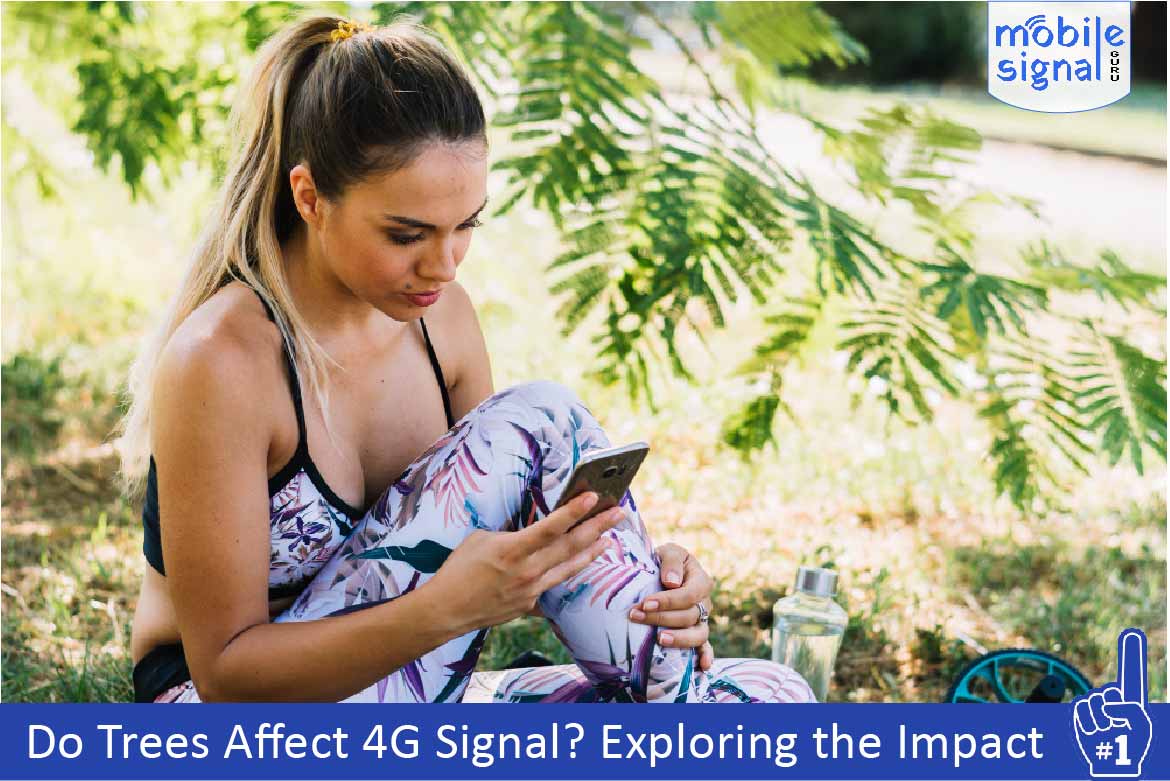Yes, trees can affect 4G signals. While this might seem surprising, it’s true that trees can disrupt mobile signals in certain conditions. Understanding how trees impact your signal strength can help you find solutions for better connectivity. In this article, we’ll explore how trees affect 4G signal and offer some tips to improve your connection.
How Trees Affect 4G Signal?
4G signals travel in the form of radio waves, which can be blocked or absorbed by physical objects. Trees, especially those with dense foliage or wet leaves, can interfere with these waves. Here’s how:
- Signal Blockage: Trees physically block the direct path between your mobile device and the nearest cell tower. When 4G signals hit the thick branches or trunks, they can’t pass through easily, which leads to weakened reception.
- Signal Absorption: Leaves, particularly when they’re wet, can absorb the radio waves. Water is a good conductor, and when leaves are wet, they absorb more of the signal, reducing its strength by the time it reaches your device.
-
Signal Scattering: Trees can scatter the 4G signals in multiple directions. This can make it difficult for your device to receive a strong, consistent signal, leading to dropped calls or slow internet speeds.
Types of Trees and Their Impact
Different trees affect 4G signal in different ways. For example, evergreen trees with thick, needle-like leaves tend to block signals more than deciduous trees with thinner leaves. Additionally, large groups of trees, like in forests or densely wooded areas, cause more disruption compared to a single tree.
Weather Conditions and Tree Impact on Signals
Weather also plays a key role in how trees affect 4G signal. Rain, snow, and even strong winds can increase the interference. Wet trees absorb more signals, while wind can sway branches and further scatter the signal.
Can Trees Completely Block 4G Signals?
Trees rarely cause a complete signal block. Instead, they tend to weaken the signal. If you live in an area surrounded by trees, you might notice that your 4G connection is slower or less reliable, especially during bad weather. However, this doesn’t mean you can’t improve your signal.
Tips to Improve 4G Signal Near Trees
If trees are affecting your 4G signal, there are a few ways to boost your connection:
- Move to a higher location: Being closer to the signal source or above the treeline can help.
- Use a 4G signal booster: A signal booster can amplify weak signals and improve reception, even in areas surrounded by trees.
- Position your router or phone carefully: If indoors, try placing your device near a window or an open space where trees are less likely to obstruct the signal.
Conclusion
Trees can have a noticeable impact on 4G signals, especially in dense or forested areas. They block, absorb, and scatter radio waves, making it difficult for your device to receive a strong signal. However, with the right solutions, such as using a mobile signal booster or positioning your device carefully, you can improve your signal strength and enjoy better connectivity even in tree-heavy environments. Understanding the effect of trees on 4G signals empowers you to take the necessary steps to stay connected.
 Australia (AUD)
Australia (AUD) Denmark (DKK)
Denmark (DKK) France (EUR)
France (EUR) Germany (EUR)
Germany (EUR) Ireland (EUR)
Ireland (EUR) Malta (EUR)
Malta (EUR) Netherlands (EUR)
Netherlands (EUR) New Zealand (NZD)
New Zealand (NZD) Norway (NOK)
Norway (NOK) Spain (EUR)
Spain (EUR) Sweden (SEK)
Sweden (SEK) UAE (AED)
UAE (AED) United Kingdom (GBP)
United Kingdom (GBP)
